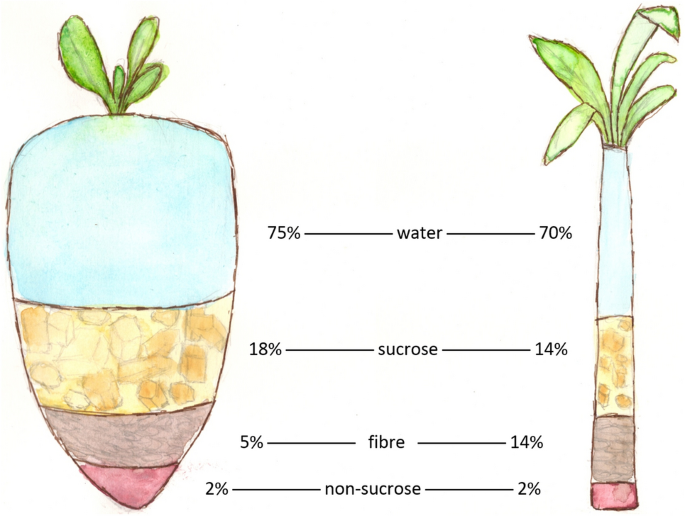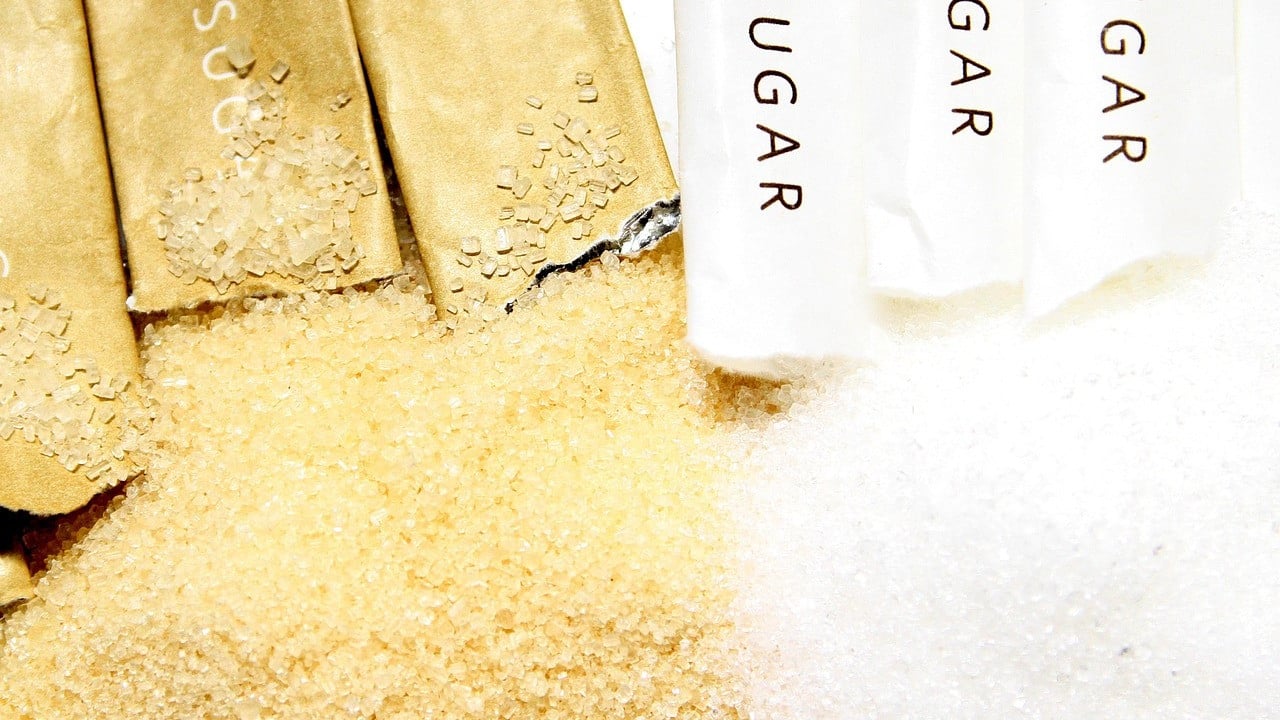People researching beet sugar vs cane sugar often want to know which blends well in hot drinks.
People researching beet sugar vs cane sugar often want to know which blends well in hot drinks.
Blog Article
Understanding the Nutritional Benefits of Beet Sugar Vs Walking Stick Sugar for Wellness Conscious Customers
When taking a look at the dietary implications of beetroot sugar versus walking stick sugar, health-conscious consumers locate that both ranges mostly include sucrose and offer similar caloric worths, each adding about 16 calories per teaspoon. Despite this resemblance, neither kind gives considerable health and wellness advantages, as they are without essential nutrients. Checking out the wider effects, consisting of environmental factors to consider and long-lasting wellness results of sugar usage, may illuminate more nuanced distinctions between these two sugars.
Nutritional Profile and Caloric Worth of Beet Sugar and Cane Sugar
Although both beet sugar and cane sugar are primarily made up of sucrose, their dietary profiles and caloric worths are incredibly similar. Each provides about 16 calories per teaspoon and consists nearly entirely of carbohydrates, with minimal amounts of protein or fat. These sugars also lack substantial amounts of vitamins or minerals. The refinement procedure remove most of the integral nutrients, rendering both kinds nearly identical in regards to nutrition. There are trace differences in the contaminations that stay after processing, which can somewhat affect the taste and shade of the sugars, however these are negligible in terms of health and wellness impact. For consumers concentrating on nutritional impact, the selection between beetroot and walking cane sugar is more regarding individual choice or possible ecological problems instead than nutritional differences. Both must be eaten in moderation within a well balanced diet as a result of their high caloric content and absence of important nutrients (beet sugar vs cane sugar).
Ecological Impact and Sustainability of Sugar Manufacturing
While the dietary differences between beetroot sugar and cane sugar are very little, their manufacturing processes offer even more substantial disparities, specifically in regards to ecological impact and sustainability. Walking stick sugar production frequently entails click this substantial land usage and deforestation, which adds to habitat destruction and biodiversity loss. This agriculture is additionally related to high water usage and water pollution as a result of the drainage of pesticides and plant foods. On the other hand, beetroot sugar manufacturing usually requires less land and can be cultivated in more temperate climates, which may minimize the requirement for irrigation and the affiliated water resource deficiency.
However, beet growing is not without its environmental obstacles; it includes significant power inputs, especially in the northern climates where it is expanded, because of the the original source demand for longer home heating durations in sugar processing. Both sugar beetroot and sugar cane markets are discovering extra sustainable methods, consisting of crop turning, natural farming, and improved waste monitoring methods to mitigate these influences.
Wellness Consequences and Recommendations for Sugar Intake
Despite their marginal dietary distinctions, both beet sugar and cane sugar can have detrimental wellness impacts when consumed in extra. High consumption of either sort of sugar adds to an array of health and wellness concerns, consisting of obesity, type 2 diabetic issues, and cardiovascular disease. Both sugars are pure sucrose and deal no vital nutrients in addition to calories, resulting in fast spikes in blood sugar level levels upon usage.


Verdict

Report this page